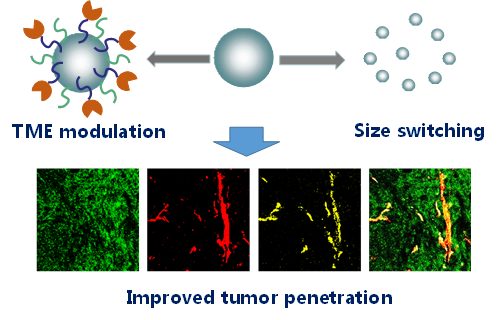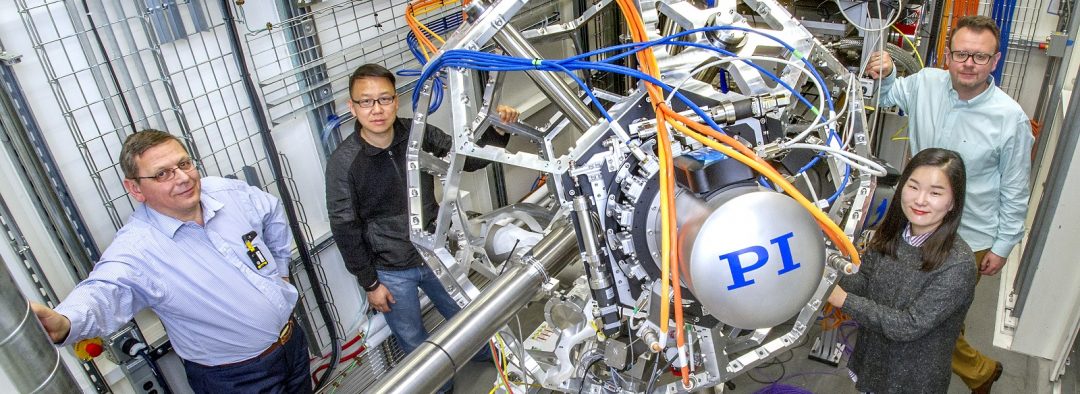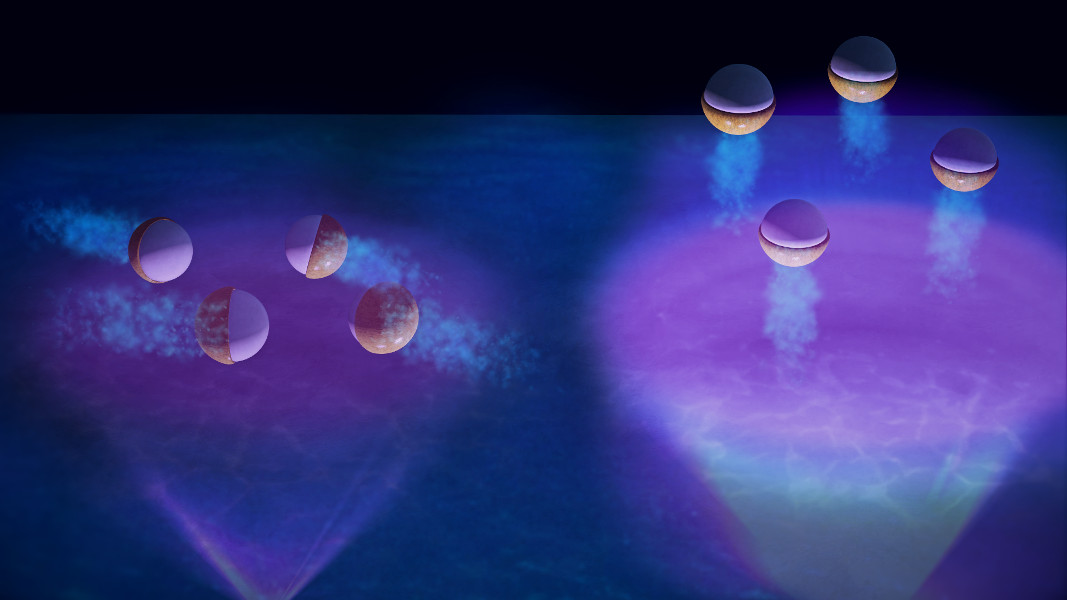Dr. Mingsen Zheng, Prof. Quanfeng Dong, and co-workers from Xiamen University design a plant-inspired, high-performance cobalt sulfide–porous carbon foil (PCF) electrode for lithium–air (Li–O2) batteries.
![3D Microflower Cathode Promotes Oxygen Diffusion in Lithium–Oxygen Batteries [Video]](https://www.advancedsciencenews.com/wp-content/uploads/2018/04/aenm201800089_ASN_image.png)
![3D Microflower Cathode Promotes Oxygen Diffusion in Lithium–Oxygen Batteries [Video]](https://www.advancedsciencenews.com/wp-content/uploads/2018/04/aenm201800089_ASN_image.png)
Dr. Mingsen Zheng, Prof. Quanfeng Dong, and co-workers from Xiamen University design a plant-inspired, high-performance cobalt sulfide–porous carbon foil (PCF) electrode for lithium–air (Li–O2) batteries.

Rational design of nanoparticles with state-of-the-art strategies can effectively improve the penetration as well as therapeutic efficacy of cancer nanomedicines
![Separating Chiral Molecules with Thermoresponsive Nanotubes [Video]](https://www.advancedsciencenews.com/wp-content/uploads/2018/04/smll201800030_ASN_image.jpg)
Dr. Naohiro Kameta from the National Institute of Advanced Industrial Science and Technology (AIST) and colleagues design thermoresponsive poly(ethylene glycol) (PEG)-coated nanotubes for simple and efficient separation of chiral molecules.

An Israeli team of researchers found a self‐calibration point for near‐infrared human finger tissue measurements.

The ability to fabricate a multilayer functional ceramic with tailored pore structure using the preceramic-paper technology in conjunction with calendaring, lamination and sintering is demonstrated.

A team of researchers from the UK present the application of wavelength modulated Raman spectroscopy for the automated label‐ and fluorescence‐free classification of fixed squamous epithelial cells in suspension, such as those produced during a cervical smear test.

Scientists show that single nickel atoms are an efficient, cost-effective catalyst for converting carbon dioxide into useful chemicals.
![Trans-Scale Biosensing Interface for Ultrasensitive Detection [Video]](https://www.advancedsciencenews.com/wp-content/uploads/2018/04/adfm201706981_ASN_image.jpg)
Dr. Fan Yang and Prof. Guo-Jun Zhang from Hubei University of Chinese Medicine, and co-workers, engineer a trans-scale biosensing interface capable of ultrasensitive microRNA detection.

Artificial photochemically-active microswimmers, with 2D or 3D swimming behavior, can also swim against gravity.
![Moisture-Resistant Perovskite Solar Cells Based on Low-Cost Dye [Video]](https://www.advancedsciencenews.com/wp-content/uploads/2018/04/aenm201703007_ASN_image.jpg)
Dopant-free, moisture-resistant hole-transport materials (HTMs) for perovskite solar cells based on derivatives of the dye anthanthrone (ANT) are developed by Sagar M. Jain from Swansea University Bay Campus, Prashant Sonar from Queensland University of Technology, and co-workers.